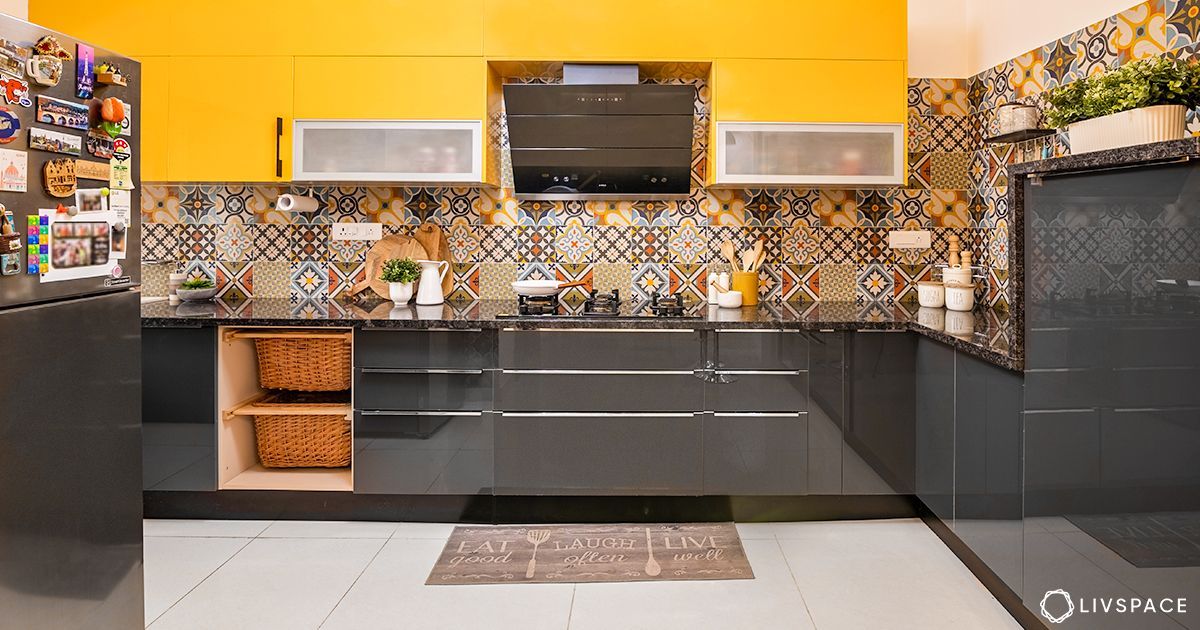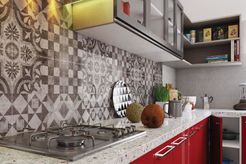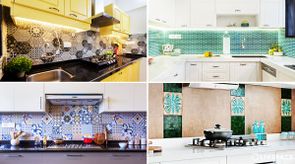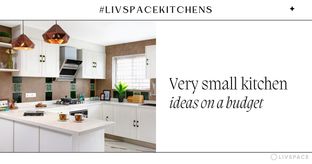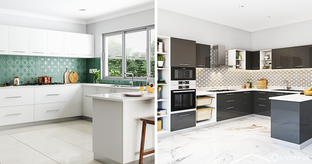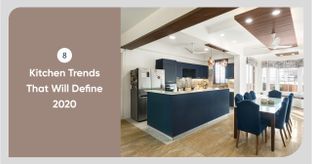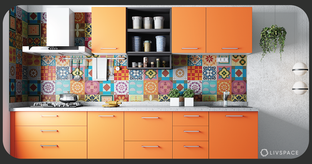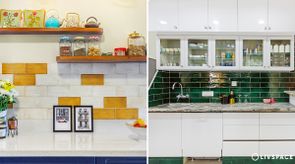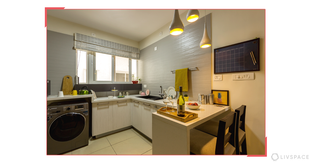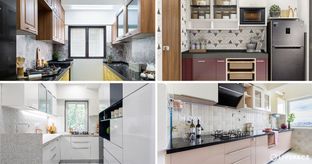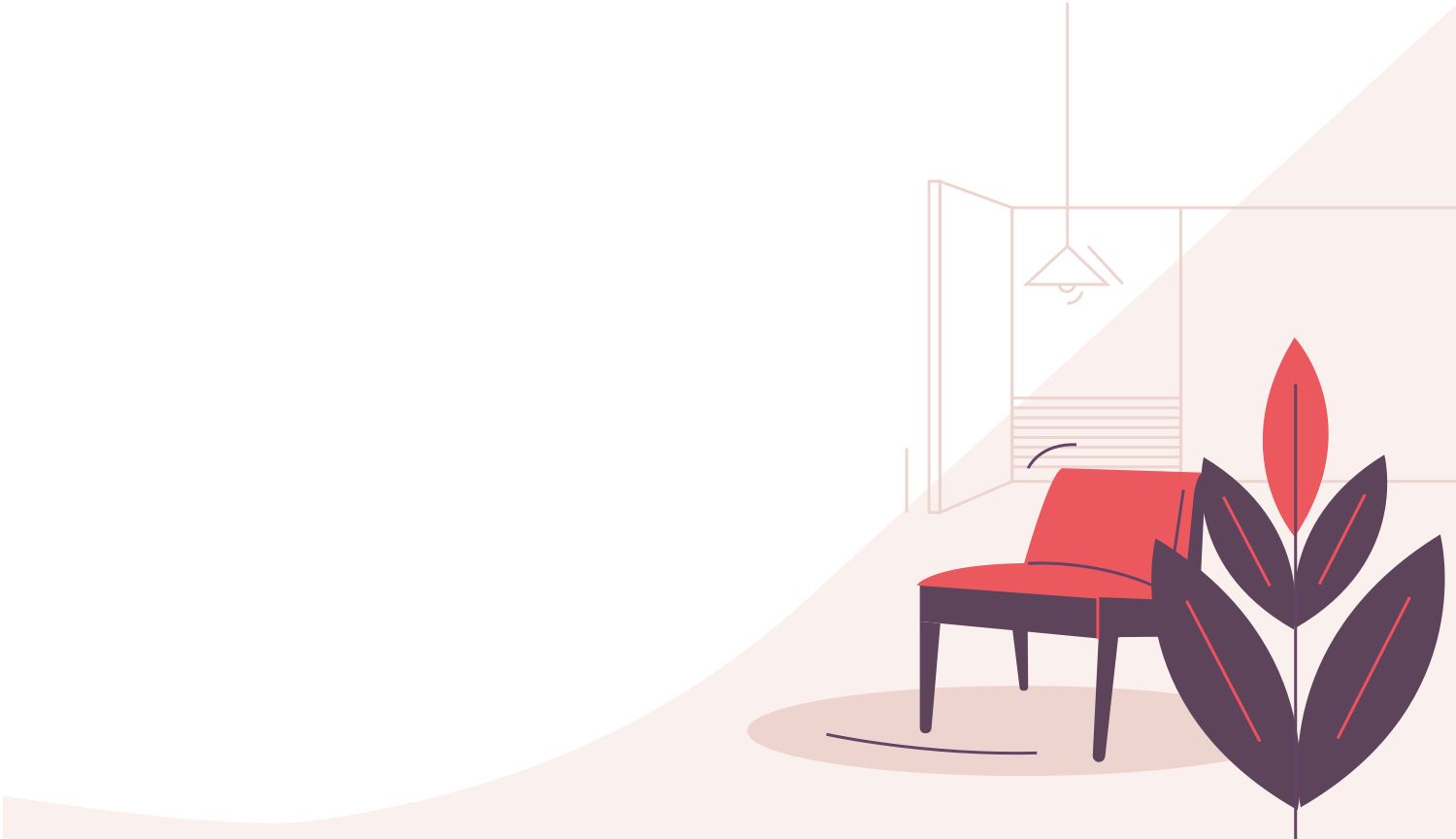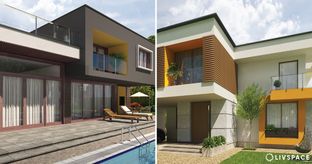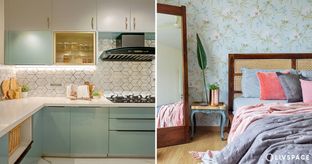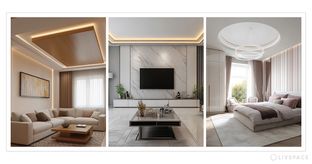Moroccan interiors are trending in ways that extend beyond the simple pouffe. Case in point – modern kitchen tiles. In taking a modern approach to what was traditionally considered as offbeat and exotic, Moroccan kitchen tiles have revolutionised the look and feel of many homes, including their kitchens.
They’re trendy yet able to carry on over time. Plus, Moroccan tiles for kitchen can instantly transform a regular room into a glamorous retreat. In bright spaces, they add extra dimension, while against minimal interiors they add a welcome pop of colour. The more popular Moroccan colour palette predominantly displays blues and greys; however, warmer tones like beige and leather brown also have a good rap.
Here’s the lowdown on why this variation of modern kitchen tiles has become a talk of the town, and what you might not like about it:
Pros of Moroccan Tiles Kitchen
#1. Moroccan Tiles Are Versatile
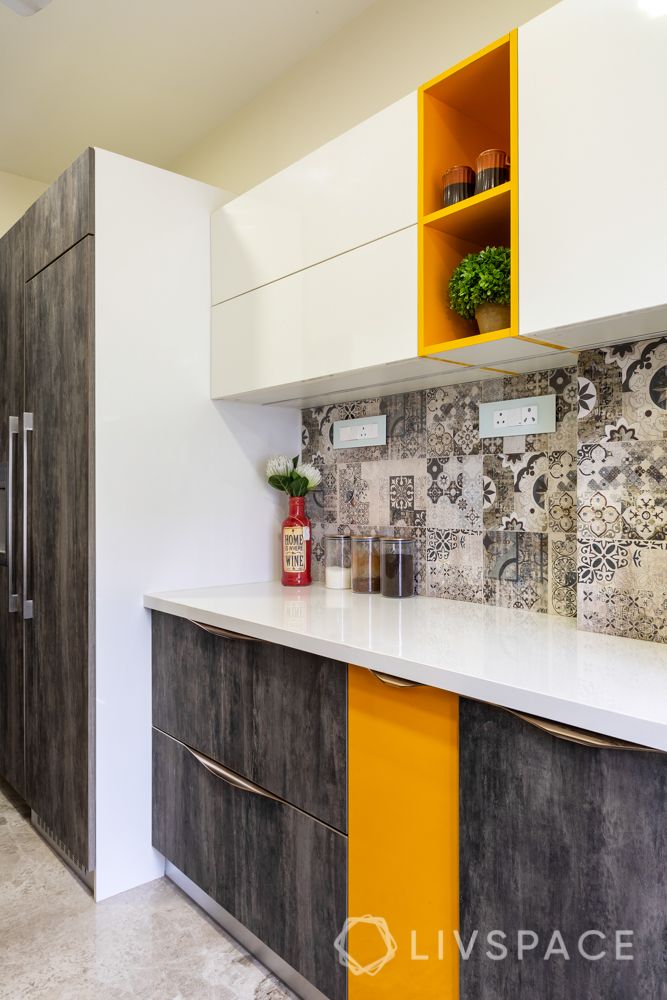
Being a statement in itself, moroccan tiles for kitchen can create stunning kitchen designs. The colours and patterns used in this kitchen backsplash Moroccan tiles are look chic yet are delicate enough not to overwhelm. They come in a variety of patterns and can either be used to break up a monotonous backsplash or create a stand-out Moroccan backsplash.
2. Moroccan Kitchen Designs Are a Classic
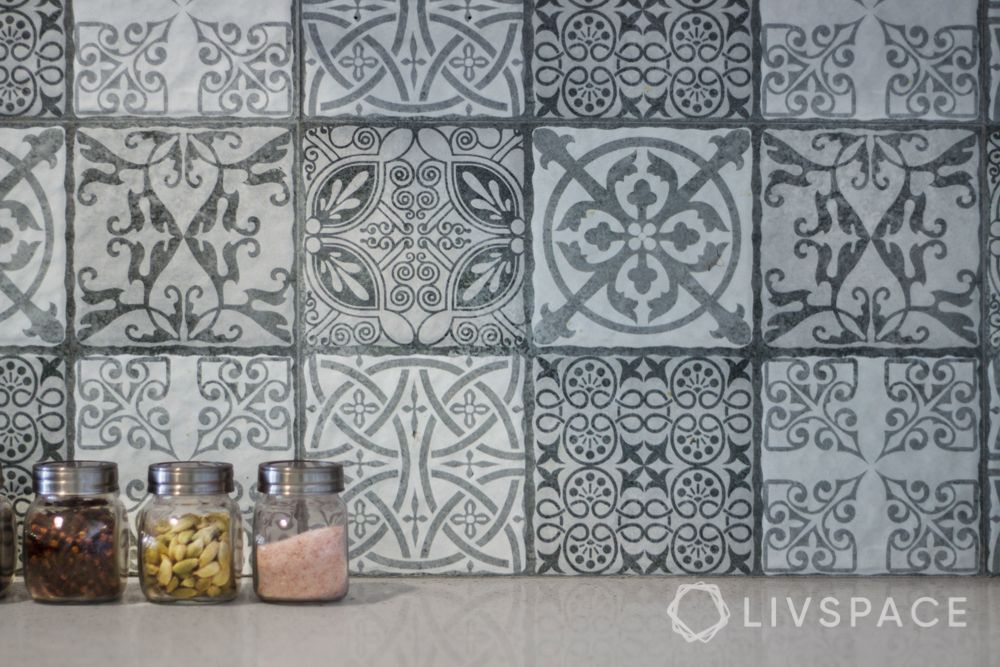
Trends come and go, but classics last forever. Despite riding the trending waves once in a while, Moroccan tiles kitchen splashback are, in fact, a classic. The patterns aren’t over the top, and each tile is unique thanks to the difference in motifs. Kitchen backsplash Moroccan tiles combine just as well with other timeless materials like wood and natural stone – this means reduced renovation costs and no worrying about being bang on-trend.
3. Moroccan Kitchen Backsplashes Are Durable
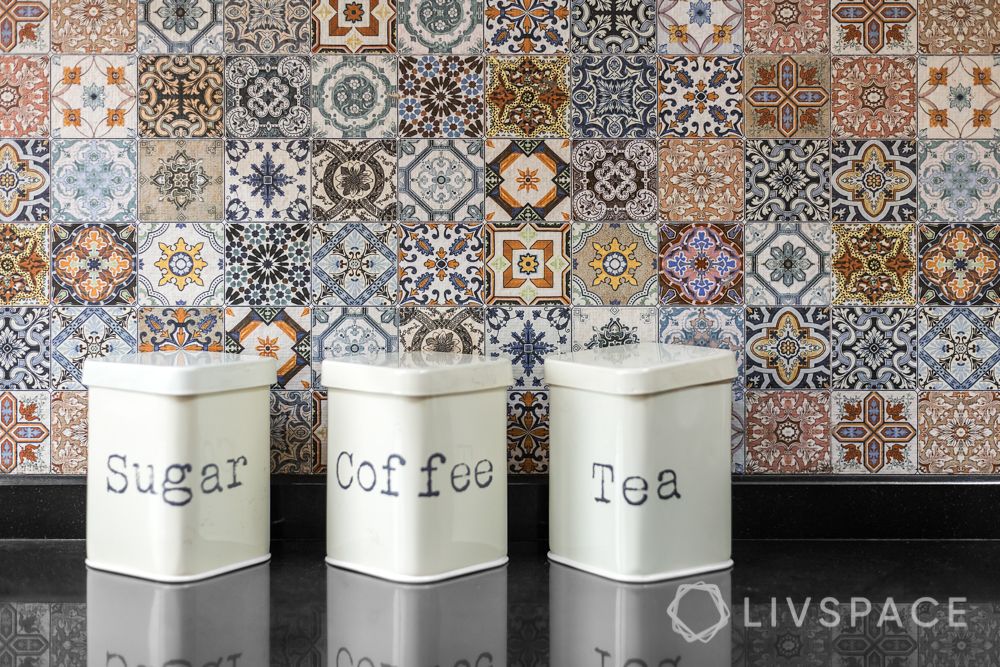
In conjecture with the previous reasoning, these modern tiles for kitchen are also timeless because they’re durable. They’re also easy to wipe down and keep clean, and this is the need of the hour in high footfall areas like kitchens where spills and leaks are an everyday occurrence. Regardless of how you use it – as a Moroccan kitchen backsplash or a dramatic floor tile – Moroccan tiles in kitchen work well in modern settings trying to channel upscale appeal.
Cons of Moroccan Tiles Kitchen
1. Moroccan Kitchen Design Ideas Cost More
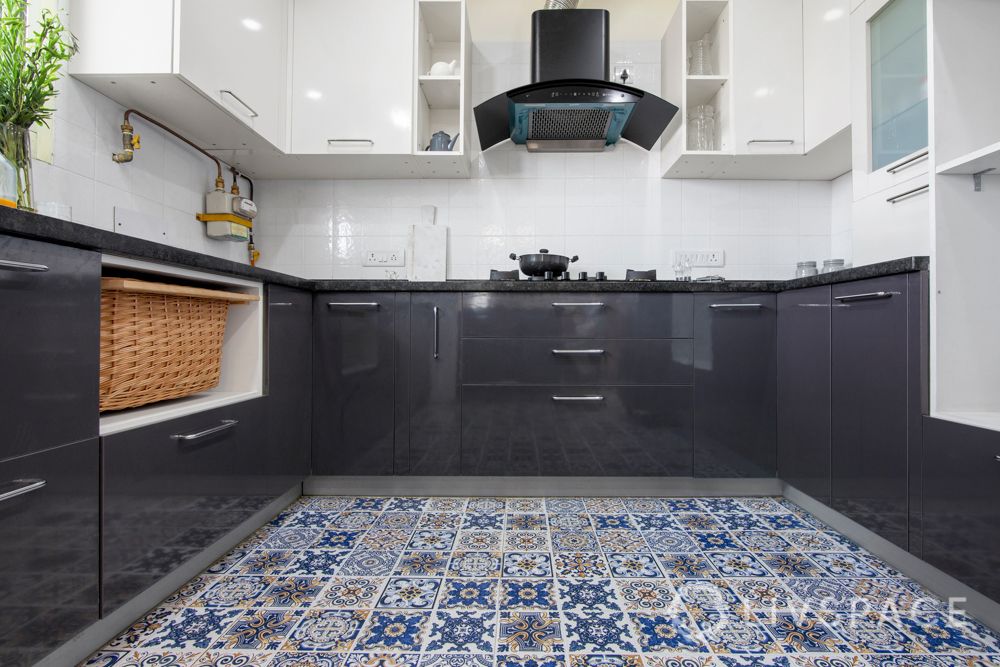
Being on the more expensive side of the tile spectrum, Moroccan kitchen designs are cut off from a large market of homeowners. It might be worth your while to invest in these modern kitchen tiles for smaller areas; covering larger surfaces such as floors and walls might set you back quite a bit.
2. Moroccan Tiles and Backsplashes Require Extra Care
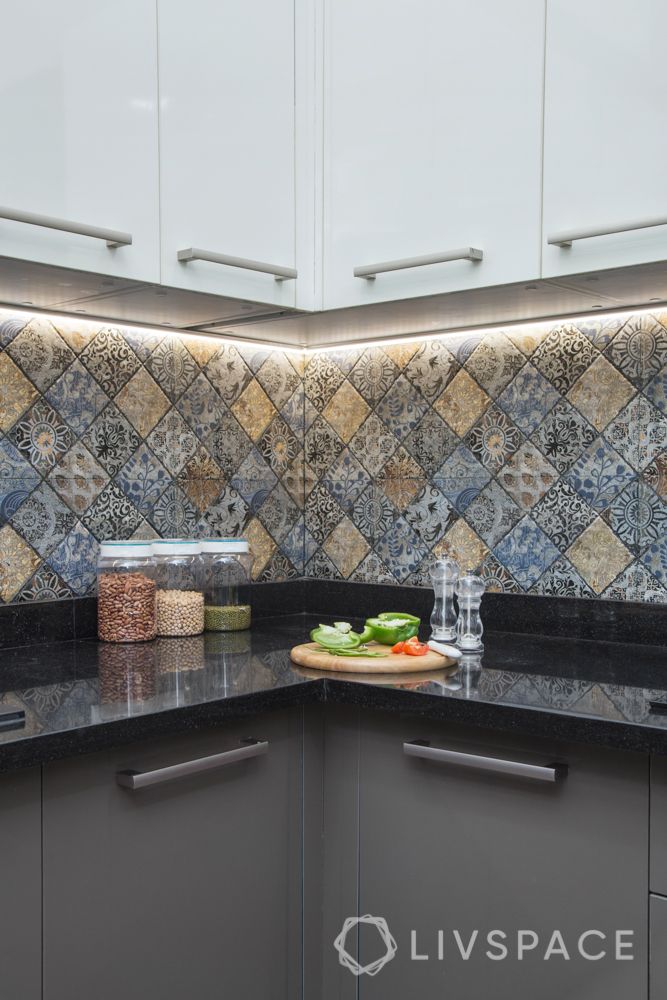
Although Moroccan tiles in kitchen are easy to wipe down, they require extra maintenance to ensure longevity. The surface of these tiles isn’t covered by a glaze, which means stains are more likely to seep in and never go. Routine sealing and extra day-to-day care are necessary. So, this might seem like too much of a hassle for hustlers looking for easy-care options.
Moroccan tiles for kitchen add a dramatic flair to any space, instantly exuding striking visual appeal. While it is on the more expensive side, a touch or two of this Moroccan-inspired trend won’t ever go awry!
Check out kitchen designs here:
How Can Livspace Help You?
If you want Moroccan kitchen backsplashes or Moroccan-inspired beautiful interiors for your home, then look no further. Book an online consultation with Livspace today. If you have any thoughts and suggestions you’d like to share with us, we’re all ears! Drop us a line at editor@livspace.com.
